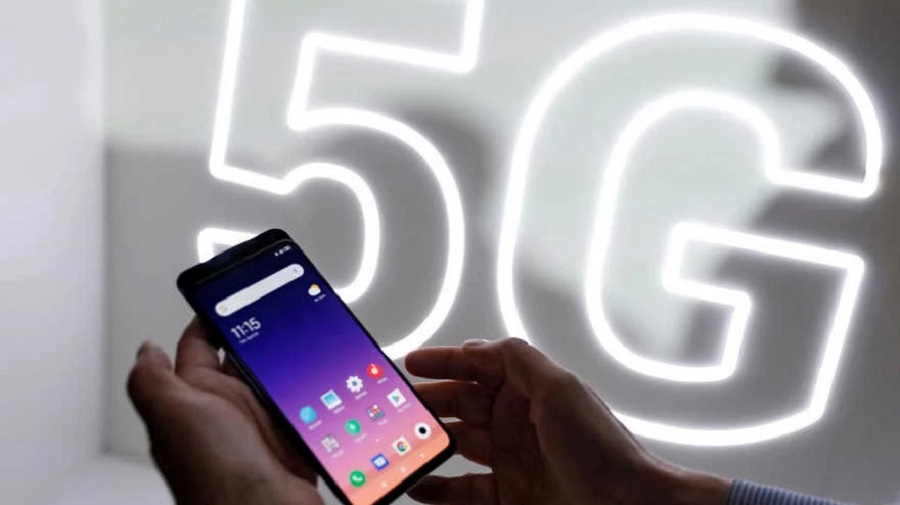How will 5G change our day to day?
With technological advances occurring so rapidly, 5G will transform life as we know it, adding advantages to current devices
Most users already know some of the main advantages of 5G, ranging from low latency to the ability to send much more data, including the increase in devices connected to the same network or improvements linked to ‘edge computing’. ‘ or ‘network slicing’ (network segmentation), among other advances. However, it is still not very clear how all this can affect people’s day-to-day lives.
Pilot projects based on 5G

Although some of these things still seem like something out of a science fiction movie, Telefónica is already working on numerous pilot projects in which the combination of fiber and 5G make it possible to show the real possibilities of this technology and strengthen developments around it.
This is how the company’s experts explain it, which has already worked with drones to develop parcel delivery in collaboration with Correos. Or in the field of health, it has launched projects such as Ocuexplorer, which facilitates both access and prior telediagnosis, which is very important for the prevention and control of eye diseases.
Likewise, the operator has launched a program so that through virtual reality and 5G networks, a remote expert can assist from a distance in surgical operations, something that has already been used with the Quirónsalud hospital in Malaga.
In the Tourism sector, Segovia was the scene of a use case in which Augmented Reality and 5G technology was used to enrich tourist visits by downloading historical content in real time that helps visitors immerse themselves in different eras. In the same way, Telefónica has developed a real-time simultaneous translation service based on 5G.
With regard to the connected car, 5G has been used to reinforce driving safety by providing connectivity both to the vehicle and to elements of the city (traffic lights, zebra crossings or tunnels, among others). These projects have been tested in various towns, such as Segovia, Barcelona or Lugo.
Telefónica has also undertaken projects with 5G in the field of broadcasting events. The Martín Carpena (in Málaga) was the venue chosen in the Copa del Rey to carry out a 360º live transmission pilot through 5G, which is a new immersive way of watching shows in real time through virtual reality without being physically in the venue where the event is held.
Finally, another field in which 5G is called to open up new possibilities is that of teaching. An example in this sense is the virtual classroom developed by Telefónica with IE University to follow the classes remotely with VR glasses and to be able to go through the scenarios that are explained virtually.
Source: dpa
(Photo: larepublica.net, via web)
Visit our news channel on Google News and follow us to get accurate, interesting information and stay up to date with everything. You can also see our daily content on Twitter and Instagram


